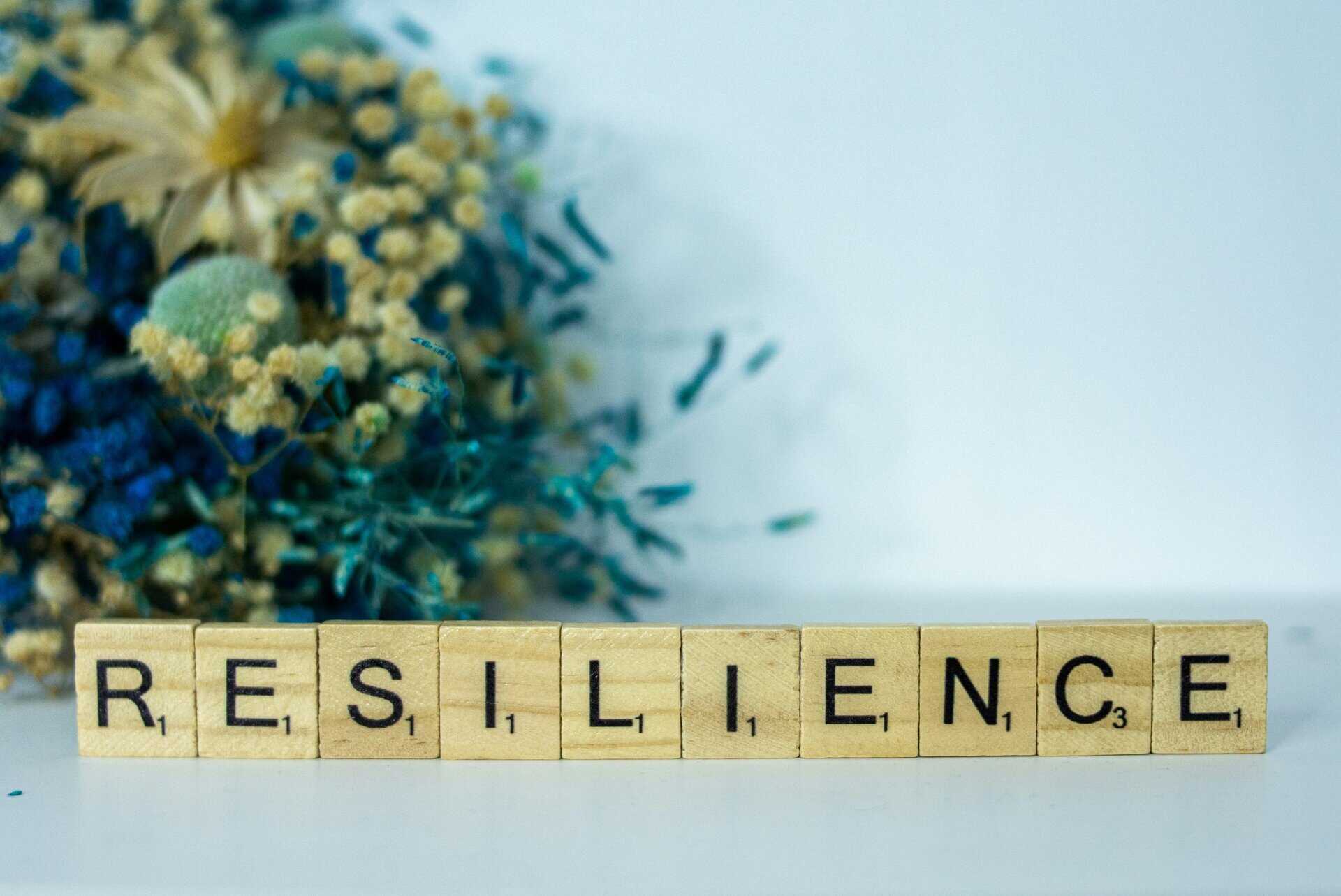Many of us have learnt how to put our foot down on the accelerator, but do we know how and when to take it off?
Resilience is not about endurance but about building recovery time into busy working lives. Not only weekends and annual leave, but on a day-to-day basis.
When I think back on my many valuable life lessons, one that didn’t seem to feature often was the importance of recovery time.
As with exercise, there is a time to ‘dig deep’ and really stretch our limits but equally important is the rest time. If we don’t allow for recovery we are not able to perform at the top of our game – in any area of life – for a sustainable period.
Many of my coaching clients take part in a heart rate variability assessment, which enables them to become aware of which situations generate recovery or stress. These insights are gained by measuring which branch of their autonomic nervous system is dominant, either the activation or rest and digest mode
Both are vital but problems arise when we are constantly in activation mode and in turn become exhausted. Many of us are so accustomed to the state of heightened activation – sympathetic dominance – that we find it difficult to switch off. Think after a long, busy day we flop onto the sofa to relax but end up watching something on television that is highly activating and possibly anxiety provoking or scroll through our social media feed and then wonder why we can’t get to sleep at night. (No problem with television but chose what you watch and when!)
Consider a stressful situation at work – we might handle it deal with it ‘well enough’ during the day but it then shows up at night when we find that we can’t switch off and our sleep is disturbed. Our mind is racing.
The authors of the recently published book The Resilient Culture . The Resilient Culture (https://awaris.co.uk/) draw upon research indicating the importance of recognising different states that we move through during our our busy days. These include moments of stress, growth, regeneration and letting go. All of them are important and what is vital is the ability to move through these different modes rather than becoming stuck in any one of them.
Description of different states:
Stressed
- High level of activation
- Response to perceived threat
- Fear of potentially negative outcome
- Brief period of high performance
- Survival focussed learning can occur.
Growing
- High level of activation
- Expected outcome is positive
- Sustainable performance
- Complex learning can occur
- Potential energy gain
Regenerating
- low nervous system activation
- Expected outcome is positive
- Increase in energy
- Recovery occurs
- Integration takes place
Letting go
- Low nervous system activation
- No expected reward
- Loss of energy
- Low performance
- Unlearning and letting go occurs
Each state is a key part of life but what is vital is the ability not to get stuck in any one of them and to make space for each.

Over the next few posts we will be exploring this further.
